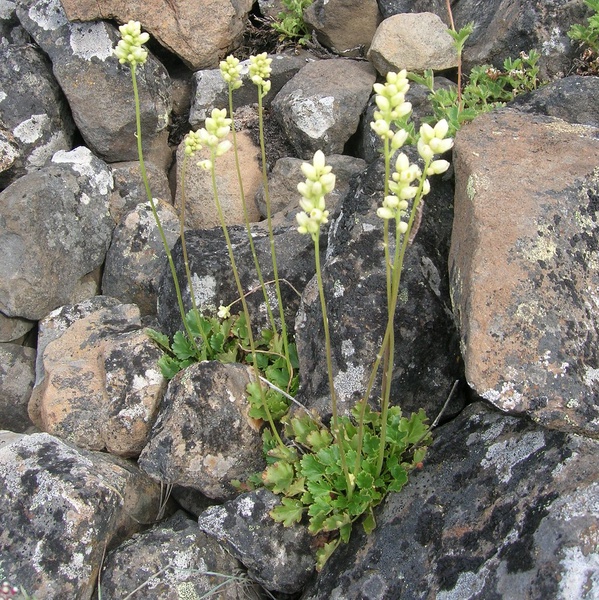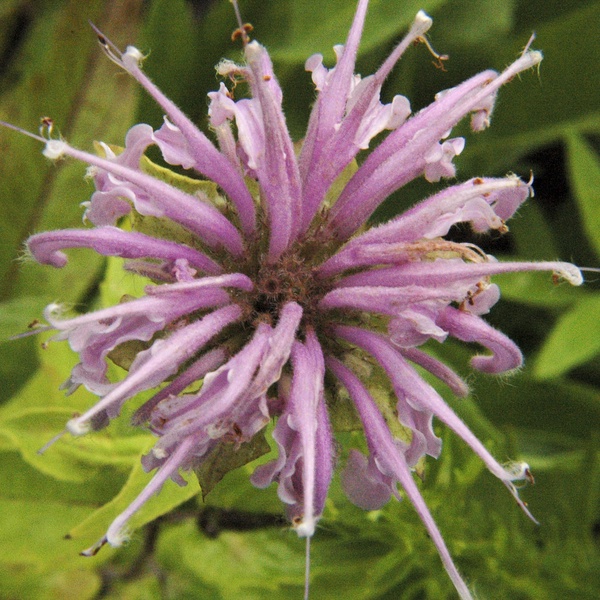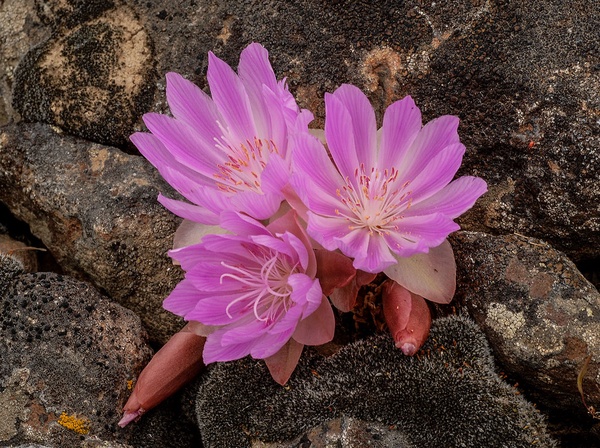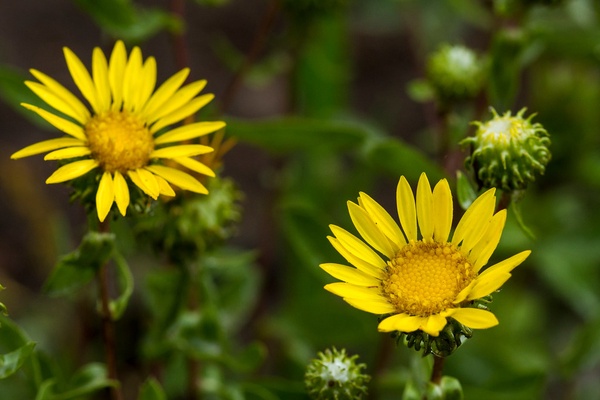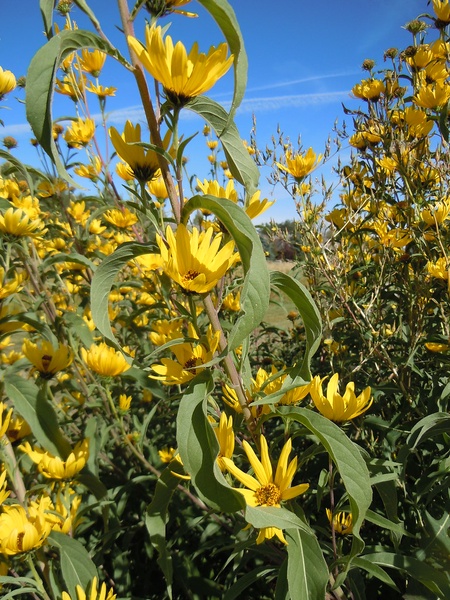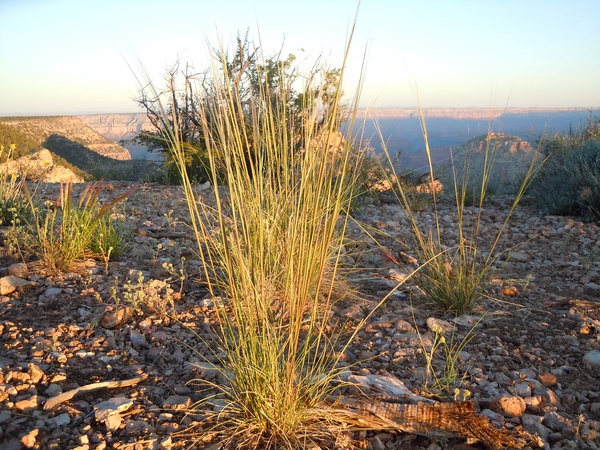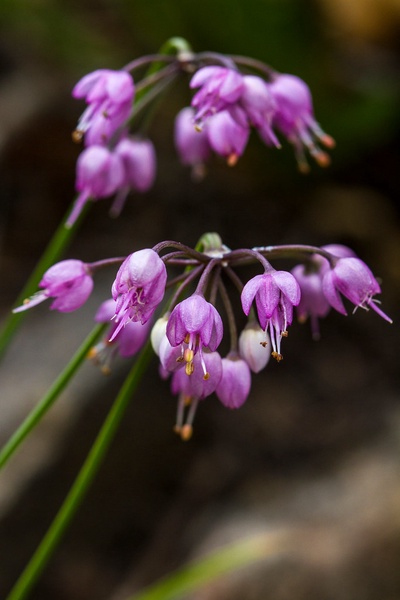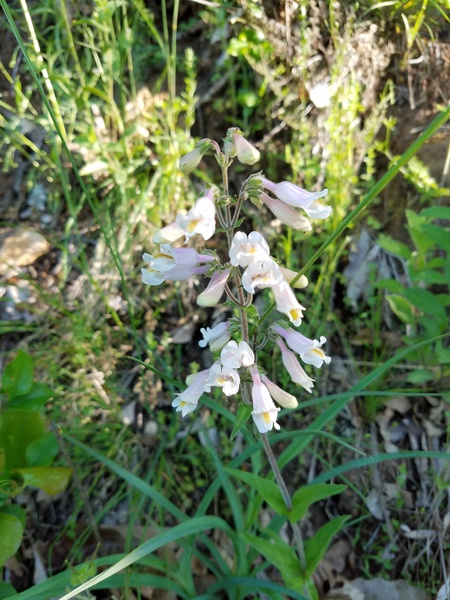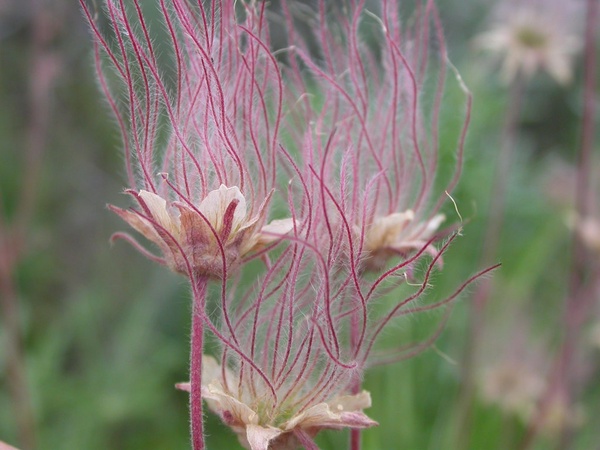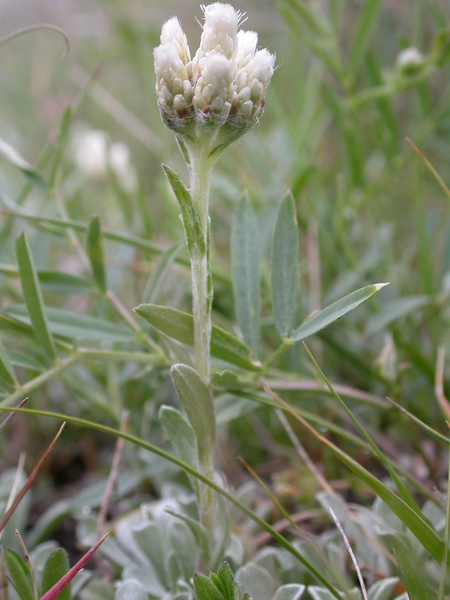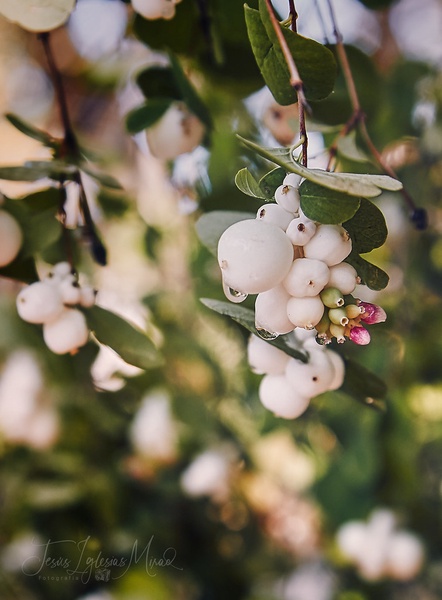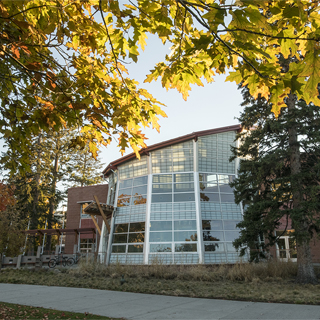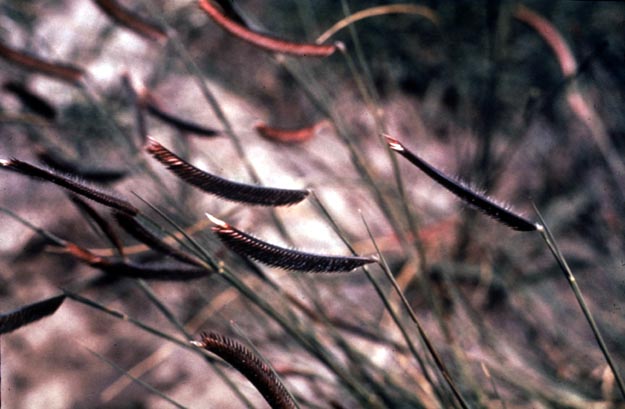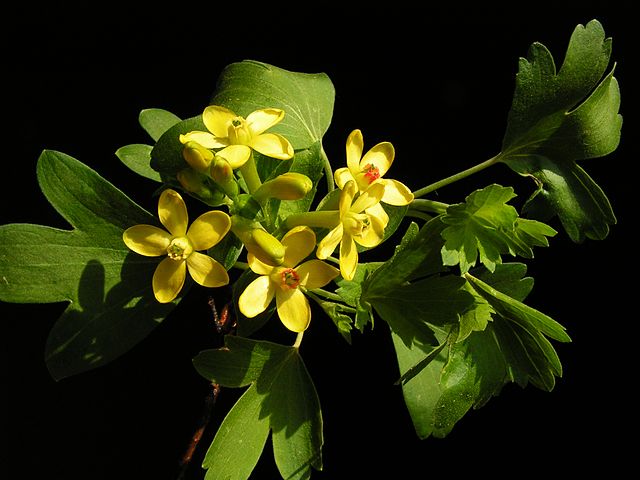Little Shell Chippewa Tribe
Little Shell Chippewa Tribe (Central Montana)
The Place
Central Montana features a variety of landscapes including Rocky Mountain ranges, intermountain valleys, and low-elevation foothill prairies. Situated east of the Continental Divide, this region hosts the Elkhorn and Big Belt Mountains, extensive National Forest lands, expansive native grasslands, and a region of the Missouri River watershed ecosystem. Resting in the rain-shadow of the Continental Divide Rockies, this ecoregion has a semi-arid climate. The mountain ranges are heavily forested, while the valleys and foothills contain an expanse of short-grass prairie vegetation. Many of the present day valleys of Central Montana contain numerous agricultural fields for grain and/or cattle production or show the presence of urban sprawl. Towns in this region include Helena, Great Falls, and Lewistown.
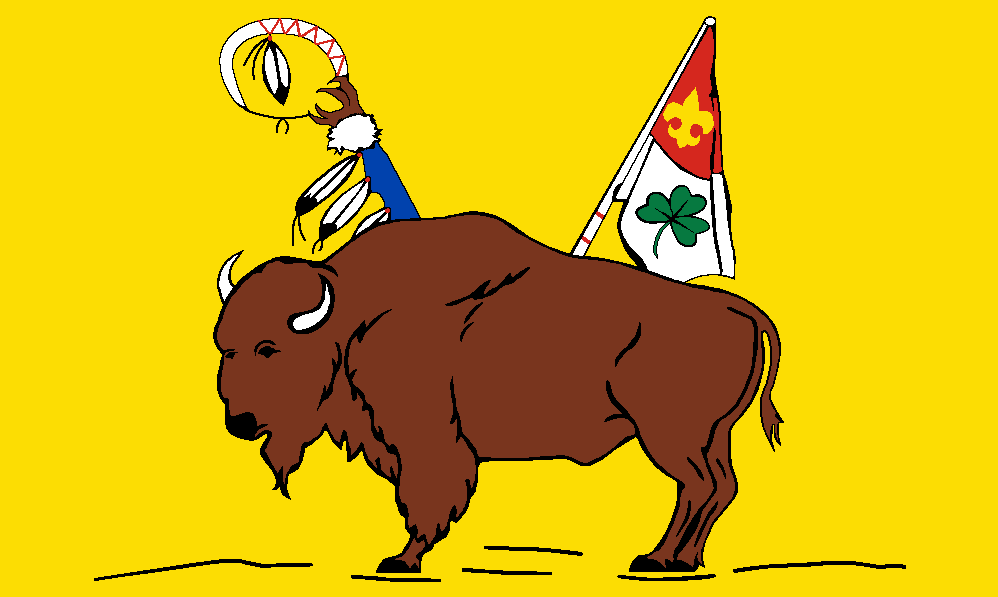
The People
The Little Shell Chippewa tribe is a state-recognized tribe in Montana. Yet, the tribe is currently without an official reservation as it seeks federal recognition from the Bureau of Indian Affairs. Many Little Shell Chippewa are concentrated in Great Falls and Helena with their tribal headquarters in Great Falls. Yet, because the tribe it without a land base, many members live throughout Montana, the surrounding states, and Canada. Tribal enrollment is approximately 6,500. The Little Shell Chippewa people continue to work for national recognition of their tribe and their associated rights.
The Plants
Bitterroot (Lewisia rediviva)
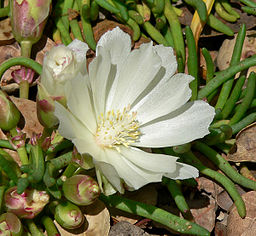
The state flower of Montana, the bitterroot is a prevalent botanical in North American indigenous culture. Many Western Montana tribes held annual harvesting ceremonies honoring the sustenance provided by the bitterroot. The plant has both edible and medicinal uses. The root is calorically dense while the plant boosts purifying properties that may ease heart pain and increase milk flow in nursing mothers. Bitterroot foraging grounds were tended to and respected by many tribes across Montana, including the Little Shell Chippewa.
Nodding Onion (Allium cernuum)
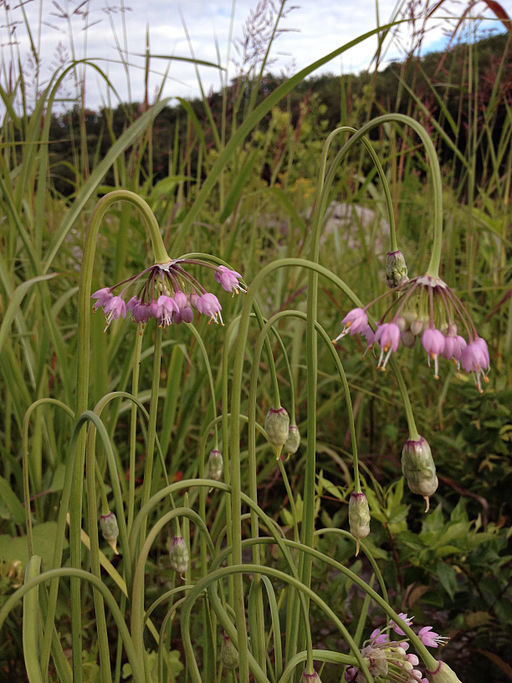
Nodding onion is one of the most common edible indigenous plants due to its abundant distribution in the northwestern United States. It can be eaten from root to tip. Its medicinal uses include topical pastes for skin ailments, teas to suppress vomiting, and antibacterial properties as an eyewash. Nodding onion is often paired with monarda for medicinal use.
Blue Grama (Bouteloua gracilis):
The Blue Grama bunchgrass is widespread in the central Montana plains region. This plant had varied cultural uses as a medicine, seasonal indicator, and useful raw material. Stalks were used in basketry while the roots of the plant were utilized as a poultice for cuts as well as onto castrated colts. The grass was used to foretell the coming winter. One floral spike meant that that mild winter was approaching. The more floral spikes the harsher the winter. While grass stalks often have two floral spikes, some plants produce more. Sioux children would hunt for stems with three spikes, much the same as looking for four-leaf clovers. The whole plant was made into a soup and used as a postpartum medicine for mothers.
Golden Currant (Ribes aureum):
Golden currant provides for wildlife habitat and watershed protection in addition to golden orange fruits. Golden currant is a highly preferred spring and midsummer browse for big game and therefore its growth geography serves as an indicator of wildlife populations. Native peoples of this region, mainly use currants for making pemmican; a high protein, high energy food made with meat, fat, and fruit in a dry, edible form. Currant berries were dried and mixed with these other ingredients for a nutrient-dense food source.
The Other Plants In The Little Shell Chippewa Circle
